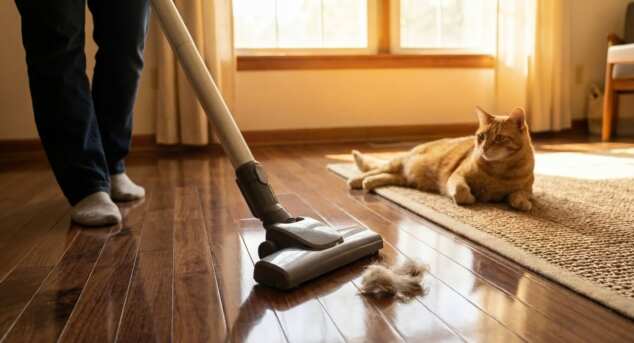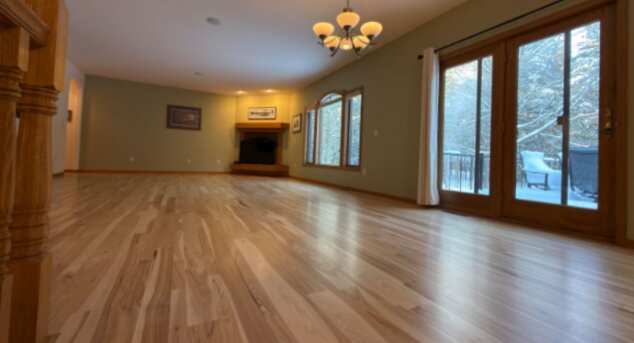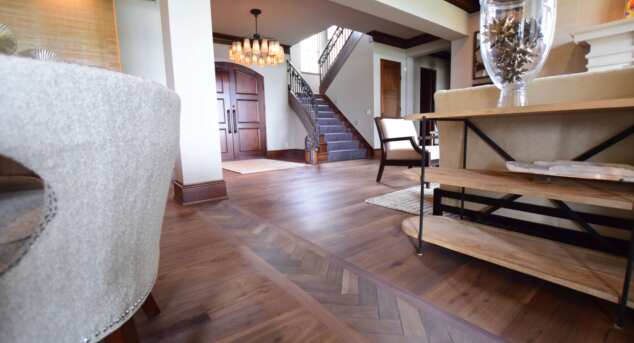Foundation Impacts Wood Flooring Installation | Neenah, WI
Posted by Aaron Schaalma

Posted by Aaron Schaalma

Best vacuum and mop tips for hardwood floors with pets—stop scratches, trap pet hair and dander, and keep wood clean with the right tools and routine.
Posted
By Aaron Schaalma

Learn how meticulous sanding, cleaning, and final coat prep create a flawless wood floor finish that lasts for years.
Posted
By Aaron Schaalma

Hardwood floor color made easy: match tone to your light, undertones, grain, plank width, sheen, stain tests, and upkeep for lasting style.
Posted
By Aaron Schaalma